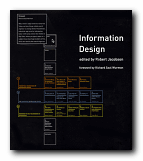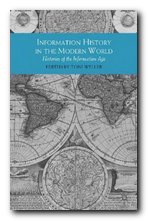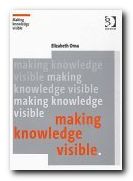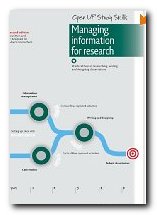essays on the theory and practice of information design
There has recently been a great deal of debate amongst members of the design community about the status of their profession, the exact meaning of ‘information design’, and the nature of what it is they are supposed to be doing. This collection of essays is a contribution to that debate and an attempt to think about the future of information design. The first part of the book offers a number of theoretical statements, in the best of which Robert E. Horn – one of the earliest pioneers of writing about hypertext – provides a useful historical survey of designers of information.
 He summarises his argument by claiming that there now exists a ‘visual language’ in which words, images, and shapes are combined into what he calls a ‘unified communication unit’. In another interesting essay, Romedi Passini discusses the issue of ‘wayfinding’ – which he points out is not merely a matter of signs. People navigate their passage through known and unknown terrain using markers and semiotics more subtle than pointing fingers and boards saying ‘This Way’. This essay is crying out for more illustration, which is rather surprising in a study of design.
He summarises his argument by claiming that there now exists a ‘visual language’ in which words, images, and shapes are combined into what he calls a ‘unified communication unit’. In another interesting essay, Romedi Passini discusses the issue of ‘wayfinding’ – which he points out is not merely a matter of signs. People navigate their passage through known and unknown terrain using markers and semiotics more subtle than pointing fingers and boards saying ‘This Way’. This essay is crying out for more illustration, which is rather surprising in a study of design.
Part two is concerned with practical applications, and offers examples as broad as tactile signage in an institution for visual disorders, graphic tools for thinking, and visual design in three dimensions. The longest and possibly most successful contribution is by C. G. Screven on signage in museums and other public places – successful because it unites theory and practice.
The third part deals with design in the field of information technology. An essay by Jim Gasperini breathes some new life into the collection with his consideration of fiction, drama, and hypertext, and there are brief excursions into fractal sculpture and multimedia.
If ‘information design’ is now a coherent discipline and an honorable profession, then it could do with asserting itself more forcibly than do some of the contributors here. [Louis Rosenfeld and Peter Morville’s Information Architecture for the World Wide Web should be compulsory reading for all of them.] However, it’s a start, and one which anybody engaged with the current debates will do well to study.
© Roy Johnson 2000
Robert Jacobson (ed) Information Design, Cambridge, MA: MIT Press, 1999, pp.357, ISBN 026210069X
More on information design
More on design
More on media
More on web design
 Espen J. Aarseth, Cybertext: Perspectives on Ergodic Literature, Baltimore: Johns Hopkins University Press, 1997, ISBN: 0801855780.
Espen J. Aarseth, Cybertext: Perspectives on Ergodic Literature, Baltimore: Johns Hopkins University Press, 1997, ISBN: 0801855780. 













